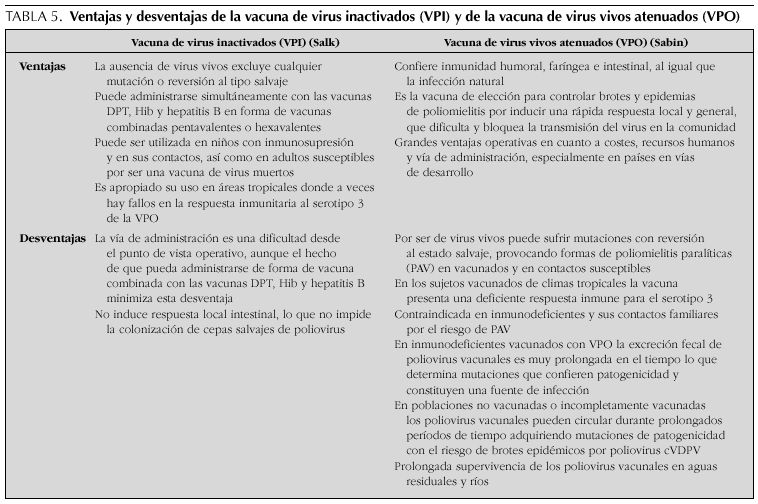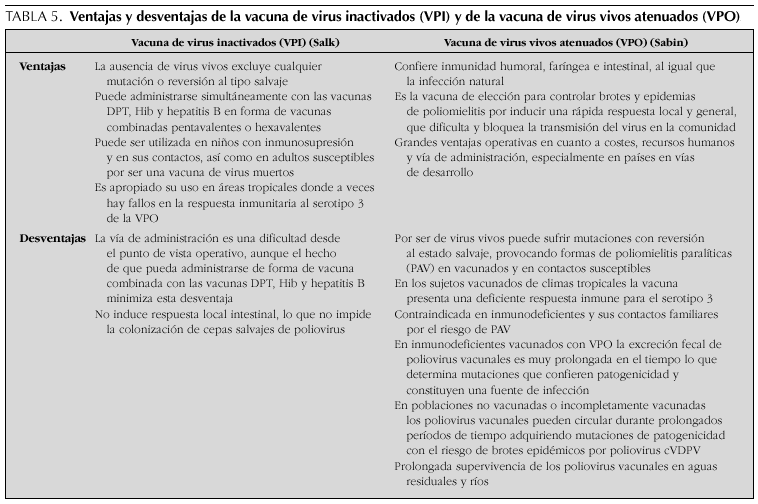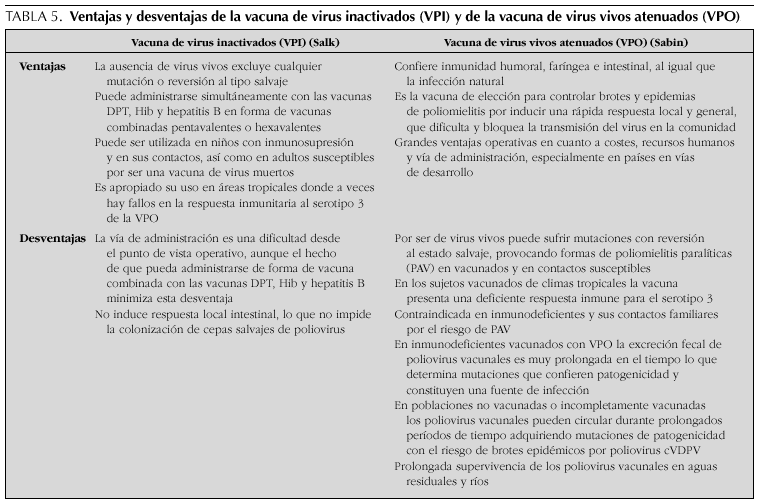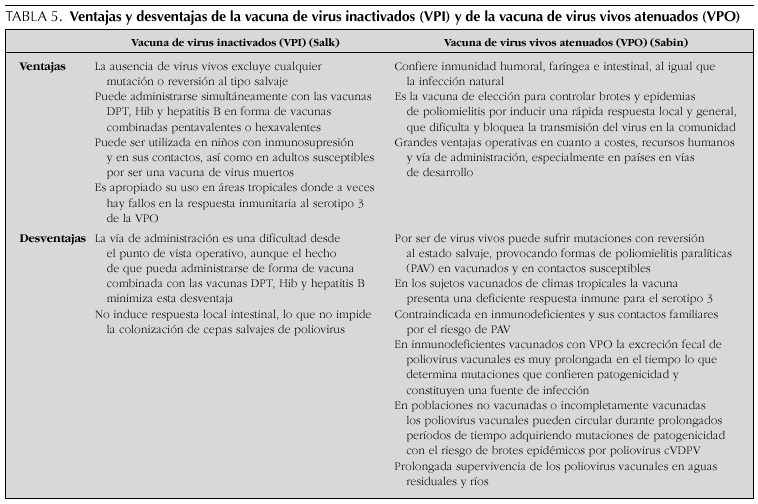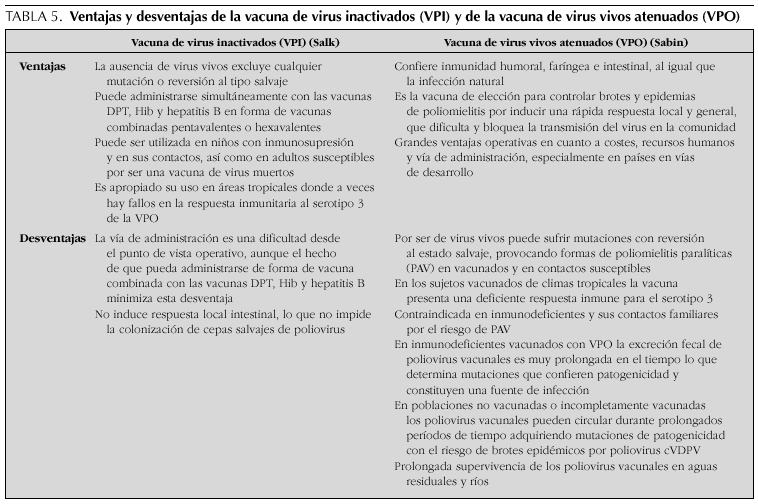Introduction
Before the development of effective vaccines Haemophilus influenzae was the major cause of bacterial meningitis and epiglottitis in children under five years of age, with serotype b (Hib) being responsible for over 90 % of cases. The estimated number of Hib meningitis and epiglottitis cases prior to the introduction of Hib vaccines in Germany was 1600 per year1. Following the introduction of Hib conjugate vaccines in the early 1990's disease incidence in Germany fell dramatically as demonstrated in a hospital-based surveillance system2.
New vaccinations such as Hepatitis B were introduced in Germany in the early 90ties and the switch from oral Polio vaccination parentral polio vaccination accounting for an increase in the number of vaccines to be injected at one visit. Most parents, paediatricians and nurses in Germany are reluctant to give more than two injections at one well-baby visit, and this attitude is of major concern since it may hamper early and complete immunisation of infants. With the current need to inject 4-6 vaccines in most vaccination programmes for infants throughout Europe, and additional vaccines e.g. against pneumococci or meningococci soon to follow, the use of combination vaccines is essential in order to maintain a high level of compliance.
When acellular pertussis-containing vaccines (DTPa) were introduced it was reported in 19983 that Hib conjugates administered in combination with such vaccines elicited lower anti-Hib antibody concentrations than when injected separately. This is also an issue with the hexavalent vaccines.
In Germany DTPa Hib vaccines have been used since 1996 and hexavalent vaccines were introduced in late 2000. Could the low rate of invasive Hib infections be maintained? What is the vaccine effectiveness of the tetra/pentavalent DTPa Hib vaccines in Germany?
Materials and methods
Vaccine usage in Germany
A national vaccine coverage survey was performed using an established random digit dialling (RDD) methodology by the Infratest Institute (Munich, Germany) between July and September 1999. Vaccination histories for some 600 children born between June 1996 and December 1998 were obtained. In an initial telephone screening families with a child born in June 1996 or later were asked if they were willing to receive a second telephone call within 2 weeks. The second call was made to willing participants by a trained interviewer. Parents were asked to read the dates and brand names of vaccinations from the relevant pages of their child's vaccination booklet. The Hib vaccine use from 1998 to 2001 was estimated from vaccine sales data.
Epidemiology of invasive Hib disease in Germany
Two population based prospective surveillance systems with active follow-up of reported cases were used to detect patients with invasive H. influenzae disease. The ESPED system to collect clinical cases was established in July 1992 as an adaptation from the British Paediatric Association Surveillance Unit and was supplemented by a laboratory reporting system in 1997. Since both system used the same case definition clinical signs of infection + isolation of H. influenzae bacteriae from a physiologically sterile site and report the conditions independently capture recapture methods may be used to assess the completeness of reporting in either system4.
Serotyping
Culture, identification and serotyping of clinical isolates by slide agglutination was performed in the local laboratories participating in the ESPED programme according to their routine procedures. Laboratories were encouraged to send specimens to the National H. influenzae Reference Centre at the Department of Paediatric Infectious Diseases, Christian-Albrechts-University, Kiel, (since 2001 at the Johannes Gutenberg University, Mainz) where typing of H. influenzae isolates was performed both by slide agglutination using a commercial kit (Haemophilus influenzae Agglutinating Sera (a-f), Murex Biotech Ltd, Dartford, U.K.), and by the PCR method described by Falla et al5.
Effectiveness calculation
Calculation of Hib vaccine effectiveness (VE) was restricted to children who could have received at least one primary vaccination dose with a DTPa/Hib combination vaccine. Thus only episodes of Hib disease in subjects born on or after 1st June 1996, who were two months of age or older at the time of Hib disease occurrence were included. This definition took into account the schedule recommended for DTPa/Hib and DTPa-IPV/Hib vaccines in Germany (3 doses at 2-4 months of age followed by a booster dose at 11-15 months of age), as well as the release of DTPa/Hib vaccines onto the German market in October 1996. It assumed that no child would have received a primary dose of vaccine before they were 2 months old. Primary vaccination was defined as vaccine administration within the first year of life. Effectiveness was calculated using the formula for Vaccine Effectiveness of Orenstein et al6.
Results
Vaccine sales data
The IMS data for sales of Hib conjugates in Germany are shown in figure 1. The Tetra and Pentavalent Hib vaccines (mainly the GlaxoSmithKline and to a smaller part the Aventis-Pasteur MSD) accounted for 83.1 % and 92.1 % of Hib conjugate vaccine doses distributed during 1998 and 1999, respectively. Since late 2000 the hexavalent vaccines with an about equal share between the competitors the GlaxoSmithKline and Aventis-Pasteur MSD are gradually replacing the tetra and pentavalent vaccines.
Figure 1. Annual sales of Haemophilus influenzae type b (Hib) conjugate vaccines and DTPa-based Hib combination vaccines all over the period January 1998 to December 2001 (data from IMS, Germany). Source: IMS, Germany.
Haemophilus influenzae cases
Over the two year surveillance period the response rate to the Clinical-ESPED system was 95 % in 1998/1999. The response rate to the follow-up questionnaires to paediatricians was 99 % in 1998/1999. Over the same period the response rate to the Lab-ESPED system was 96 % consistently.
Through both detection systems, there were a total of 91 cases of invasive H. influenzae disease reported over the two year period, 51 in 1998, 40 in 1999. Clinical-ESPED detected a total of 52 cases of invasive H. influenzae disease, 30 in 1998 and 22 in 1999. (fig. 2). Compared to previous years the incidence of systemic H. influenzae infection remained low following the introduction of hib- DTPa combination vaccines irrespective of the use of tetra- or pentavalent vaccines.
Figure 2. Cases of Haemophilus influenzae reported through the Clinical-ESPED system as reported previously for 1993-9517 and from the present study for 1998-1999. Adapted from von Kries, R. Monatsschr Kinderheilkd, 1997;145:136-43.
Regarding the cases reported from either source the age spectrum extended from the neonatal period to age 9 years and 81of the 91 cases (89 %) were seen in children under 5 years of age. In the annual German birth cohort of about 800,000 this gives an annual incidence of 1.01/100,000 for this age group. There were more cases in boys than in girls (56 versus 29; no information from 6 subjects).
As the data on Hib cases were obtained through two surveillance systems, both designed to operate independently, completeness of reporting can be estimated using two source capture-recapture methods, whereby independent methods of case ascertainment are compared to identify the proportion of overlap cases. By this method the estimated total number of H. influenzae cases is calculated to be 106. As a total of 91cases were detected by the two ESPED systems this indeed suggests that the majority of H. influenzae cases were reported. Completeness of reporting over the entire 2 year period was 86 % (table 1).
The primary diagnosis in most cases was meningitis (77 reports representing 64 % of the 77 cases where the clinical diagnosis was known and 54 % of all cases reported) or septicaemia.
Serotyping was performed on clinical isolates from 67 (74 %) of the 91 reported cases. Overall, 41 isolates were determined to be H. influenzae type b (Hib), representing 61 % of those typed (45 % of all cases reported). There were 2 cases of capsulated non type b strains, 24 tested strains being non-typable.
Compared to 1998 the number of type b cases appeared to decrease slightly, whereas the number of non b (both absolute and in percentage) increased over time (table 2).
There were 5 deaths linked with an episode of invasive H. influenzae disease.
For all 91cases vaccination status was known: Of all 41 cases with type b, 26 were born after June 1st 96 and therefore eligible for the study. 11 had been vaccinated with at least one dose of Hib containing vaccine (5 in 1998, 6 in 1999).
Calculation of vaccine effectiveness
These calculations are based on the 1998-1999 figures, since detailed vaccination coverage data were only available for this time period. Full vaccination histories were obtained for all 91 cases. The calculation of Hib vaccine effectiveness was performed for the most commonly used Hib conjugate vaccine DTPa(IPV)/Hib (Infanrix®).
Of the 91 cases reported, 43 children were age-eligible to have received at least one primary dose of vaccine after DTPa-based Hib combinations became available in October 1996. Of those excluded, 16 subjects were too young for vaccination, disease being reported during the first month of life, and 32 subjects born before June 1996 were too old to have received a primary vaccination with a DTPa/Hib combination vaccine.
From the 43 age-eligible subjects, 26 of the isolated bacterial strains were type b, 9 were non-type b and 8 were not typed. Of the 26 Hib cases 15 had not been vaccinated and 11 had received at least one dose of Hib conjugate vaccine. Of the 8 cases where serotyping data was not available, 7 had been Hib-vaccinated and 1 not. Of the 11 cases with invasive Hib disease 7 are to be considered to be incompletely vaccinated for their age at the time the diagnosis was made, lacking either primary or booster doses. No subject in this group had to be excluded from the analysis based on one of the predefined medical risk factors.
There was no breakthrough case in a fully vaccinated child (primary series in the first year of life plus a booster in the second year of life) so vaccine effectiveness (VE) was calculated for primary vaccination only.
Vaccine effectiveness estimations
Since the number of cases as well as the use of the respective vaccines was too low for other products, vaccine effectiveness calculations based on cases ascertained in 1998 to 1999 are presented in table 3 for different doses of Infanrix-based Hib combinations (DTPa/Hib, DTPa-IPV/Hib). The VE of the recommended 3 doses of Infanrix/Hib combination vaccines against invasive Hib disease was 98.8 % (95 % CI: 98.1;99.2), and it was already high after two doses (94.7 %, 95 % CI: 91.6;96.7).
Discussion
Germany was the first country to license and to widely use DTPa/Hib combination vaccines for primary immunisation in the first year of life. This situation offered the opportunity to evaluate whether in fact the somewhat lower anti-Hib antibody concentrations observed with such combination vaccines are of any clinical relevance. Historical data with the Clinical ESPED-system alone revealed a continued decline of the number of cases with invasive H -influenzae-disease in Germany (fig. 2) from 120 in 1993 two years after the introduction of Hib conjugate vaccines to 21in the year 1999. The introduction of a second, laboratory based surveillance system allowed the evaluation of the completeness of reporting by capture-recapture analysis over a full four-year period.
In a population of children where over 70 % of all Hib vaccinations were administered as DTPa/Hib combinations, the 2-year surveillance data for 1998 and 1999 reported here showed a VE of 98.8 % for 3 doses of Infanrix-based Hib combinations (DTPa-Hib or DTPa-IPV-Hib) when given as a primary vaccination series. These data have been reported previously7. Vaccination coverage was too low for calculation of the vaccine effectiveness of the only other DTPa-IPV/Hib combination (Pentavac) licensed in Germany. The number of cases in fully vaccinated children (3 doses in the first year of life) in 2000 and 2001 does not exceed the number expected from the 1998/99 surveillance.
In summary, the widespread adoption of DTPa/Hib combination vaccines for infant immunisation programmes throughout Germany has not reversed the continuing trend towards further reduction or even elimination of infant H. influenzae type b invasive disease. This is evidence showing that the somewhat lower anti-Hib antibody concentrations observed with DTPa/Hib combination vaccines are of no clinical relevance. Surveillance is ongoing to assess whether the decrease of the incidence of invasive Hib disease will continue with the introduction of the hexavalent vaccines
Acknowledgements
The authors wish to thank ESPED for continuous support for this study, and all reporting physicians for their time and efforts.
Correspondence: Prof. Rüdiger von Kries, MD, Msc. Abteilung für Epidemiologie im Kindes-und Jugendalter. Institut für Soziale Pädiatrie und Jugendmedizin, Ludwig-Maximilians-Universität, München Heiglhofstr. 63 1 D-81377 München. Germany. E-mail: AG.EPI@LRZ.Uni-muenchen.de


